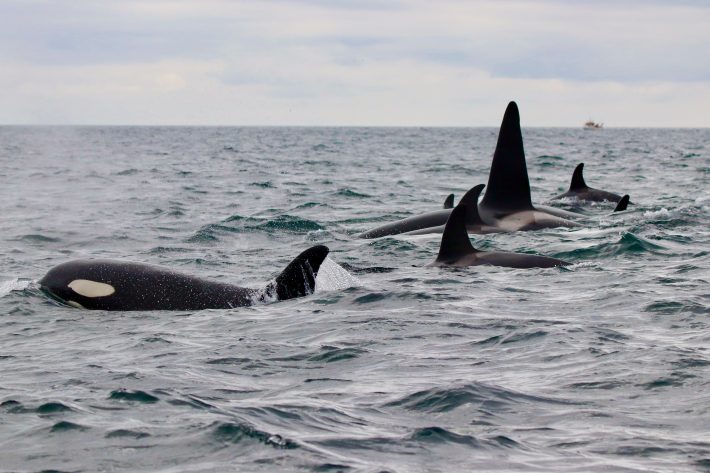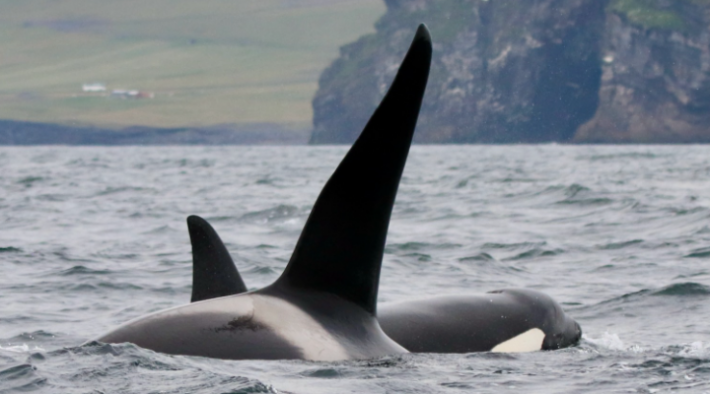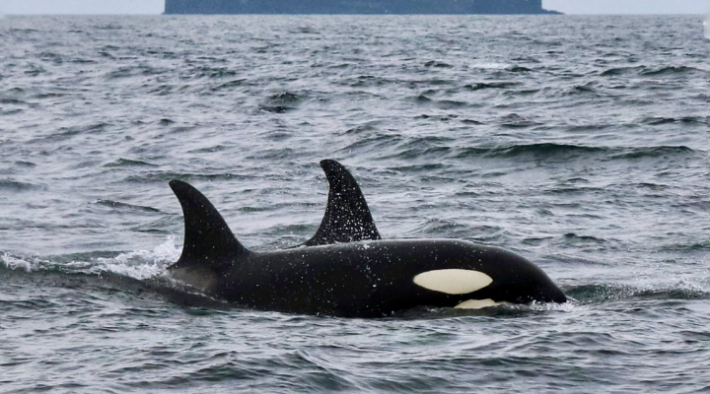Orca diets provide insight into climate change impacts on Arctic food webs
For the first time in history, we are now able to quantify the proportion of different prey eaten by North Atlantic killer whales, thanks to the development of a new technique by a McGill University team.

The orca, also known as the killer whale, are intelligent predators. Researchers already know that orcas in the Pacific Northwest exploit vastly different food types. However, we know much less about the feeding habits of killer whales in the North Atlantic.
In the largest study of its kind, conducted by McGill University researchers, the fatty acid patterns in orca blubber have been used to look more closely at their diets. The study considered killer whales from Canada’s eastern and northern coasts, all the way to those in northern Norway, resulting in the most detailed overview of North Atlantic orca diets to date.
As arctic waters warm and sea ice continues to melt, orcas are migrating further and further north. Researchers hope that by studying the diets of these marine mammals, they may gain insights into the health and survival of the species under climate change. The study’s results will also help us to see potential impacts on other sensitive species within Arctic ecosystems.

Anais Remili, the first author of the Journal of Animal Ecology paper and PhD candidate at McGill University, explained “Climate change is making it increasingly urgent to understand how orca diets are changing. We want to foresee the potential impacts on local food webs.”
By measuring the composition of fatty acids for around 200 killer whales and 900 of their prey species, the researchers were able to estimate the specific proportions of whale diets made up by each prey species. Allowing scientists to keep track of any shifts in these diets in the future.
Orca food habits vary – by region and individual
It was discovered that orcas throughout the North Atlantic have very different diets. In areas of Canada, they prefer to consume other whales, such as belugas or narwhals. In the Eastern North Atlantic, orcas predominantly eat fish, especially herring. Finally, in Greenland, they primarily consume seals.
However, the McGill team also found that not every individual whale in any given location fed on the same prey. In the Eastern Canadian Arctic, while half of the orcas ate mainly other whales, the other half mainly consumed seals. Greenland’s orcas consumed a mixture of all available prey. Lastly, in the Eastern North Atlantic (Iceland, the Faroe Islands, and Norway), most whales were herring eaters, but a small number of them also ate a substantial amount of other marine mammals, like porpoises.

This is the first time that researchers have been able to detect individual diet preferences with such a high level of detail.
Melissa McKinney, senior author of the paper, adds “Quantifying the diets of killer whales and other top predators is crucial. It can provide insights into how these animals adapt to shifts in their prey populations and habitat conditions.”
The team’s results point to the need for further research on the ecology of individuals, as they found such large differences among individuals of the same populations and species.
Article adapted from a McGill University press release.
Read the full paper here:
https://besjournals.onlinelibrary.wiley.com/doi/10.1111/1365-2656.13920
Like what we stand for?
Support our mission and help develop the next generation of ecologists by donating to the British Ecological Society.